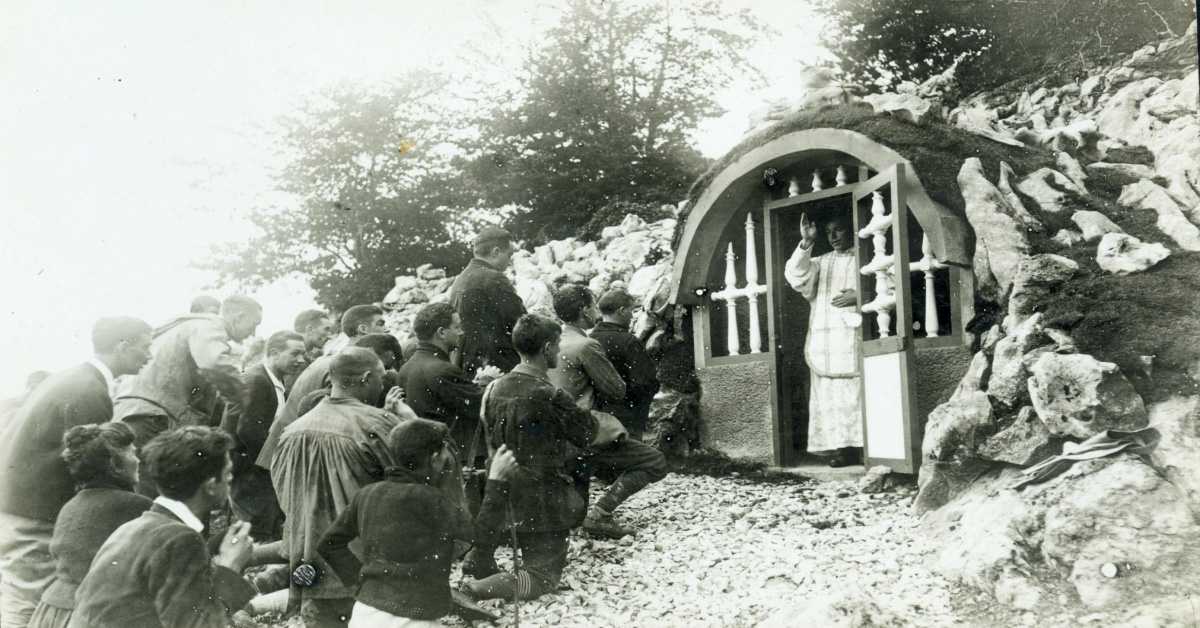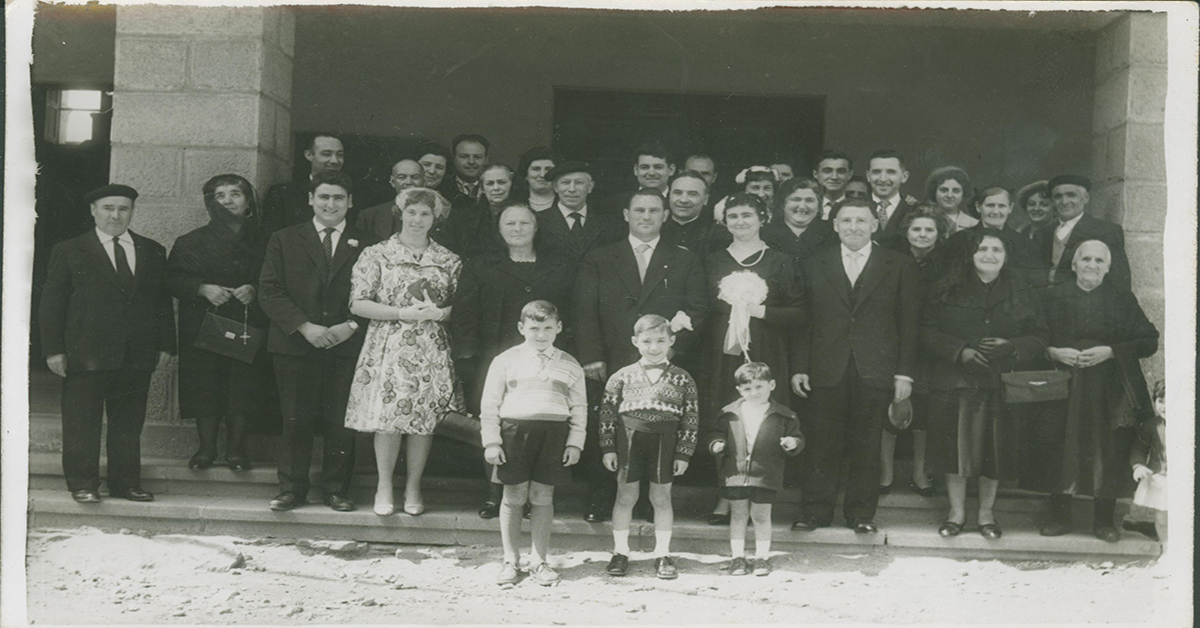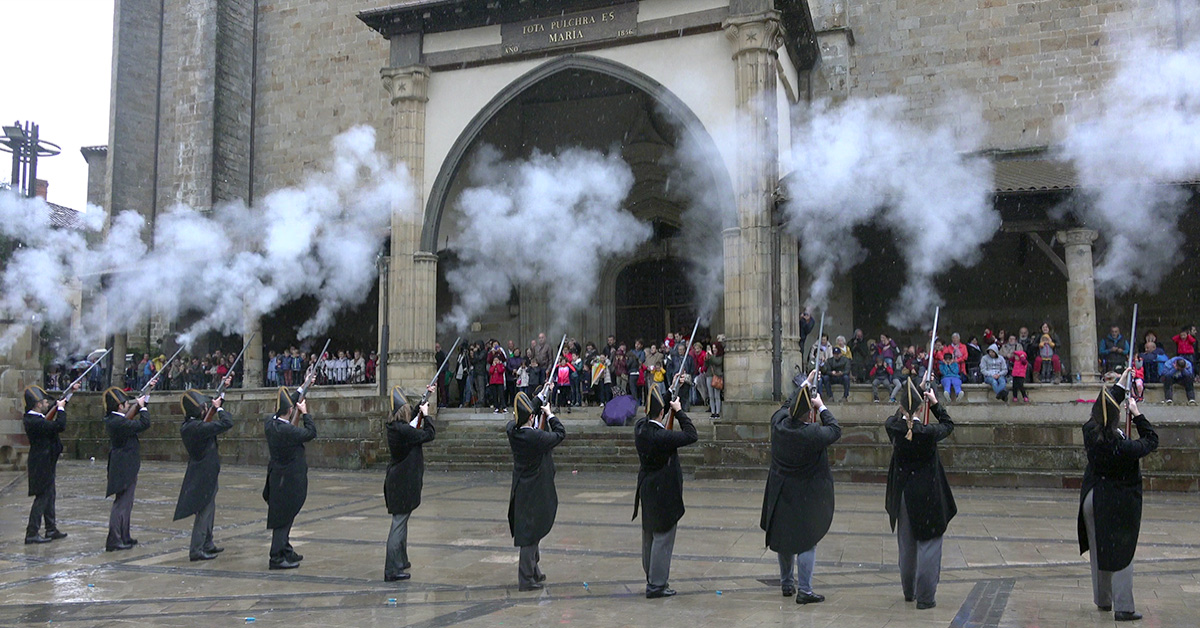Basque ethnography at a glance
Ownership of the house or being its leaseholder would be the fundamental tangible aspect around which the family unit was formed and structured. As marriage was one way of joining that unit, a marriage contract was the civil constituent instrument to formalise that integration. Nothing was left to chance. The aim was to make sure that everything was covered based on the family’s experience. The marriage contract established the civil constituent instrument to join the family and the religious ceremony would solemnise or enshrine it.
The errebombillos festivity “… dates back to the victorious battle of Lepanto, when celebrated men from Elorrio or elorrianos as they are known, under the command of John of Austria, fought against the Moorish forces…”. Therefore, “… the date on which it is regularly held is in keeping with the tradition, as Lepanto and Our Lady of the Rosary embody historical recollections…”(1).
There are more popular versions that go into more detail, where it is contented that several members of the Amandarro family, when they returned from the battle, fired several rounds when they reached the Kanpazar gate. Passed on by word of mouth from generation to generation, romantic touches have been added and the accounts are a cornerstone for the tradition to survive in the community.

Mass for mountaineers and shepherds at the Chapel of the White Virgin in Egiriñao, Gorbea. Photo: Indalecio Ojanguren.
Let us return to the history of the mendigoixales from the third decade of the 20th century.
Jagi-Jagi was founded in 1930. Let’s say it was a group of mendigoixales outside the Party line, that were also known as EMB. This group also published a newspaper of the same name, headed by Elías Gallastegi, from September 1932. It was published weekly with a run of 20,000 copies.
ANV (Basque Nationalist Action) was founded in 1930. It was a moderate left-wing party. It had its political mountaineering group in Bilbao, Mendigoixale Euzko Ekintza, and in Barakaldo, Mendigoixale Euzkotarra, and also in other towns.
“The mendigoixal is rather the patriotic mountaineer”. Ceferino Jemein ―Keperin― thus perfectly captures those political mountaineers in nine words.
Manu Etxebarria Ayesta, Professor of the Basque Language, has literally translated the term coined by Kirikiño (Evaristo Bustinza, Mañaria 1866-1929): mendi = mountain, upland; goi = high, heights; zale = enthusiast, lover. When those three elements are combined, we get: high-mountain mountaineering enthusiast (standard dictionaries recommend using mendizale).
Basque mountaineering did not start with the mendigoixales, even though the mountains were the setting for both sport and politics in the early 20th century.




